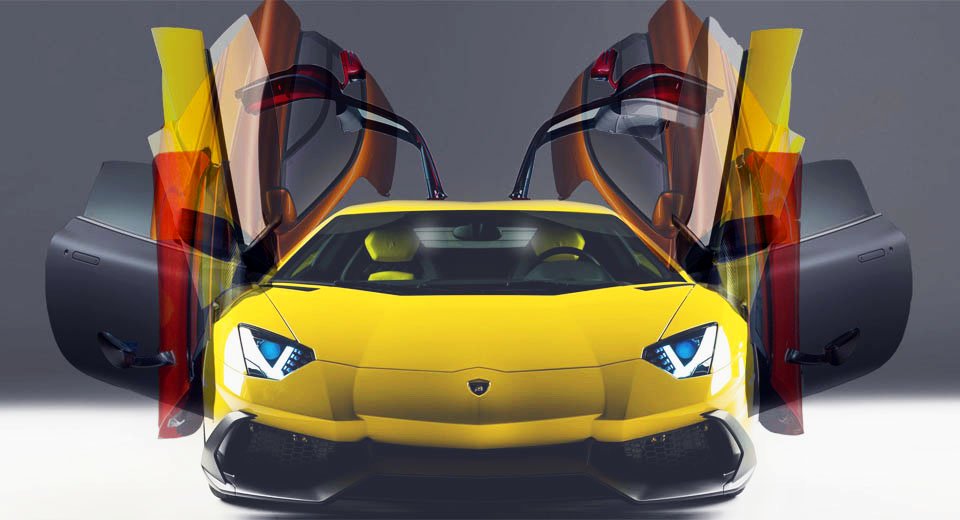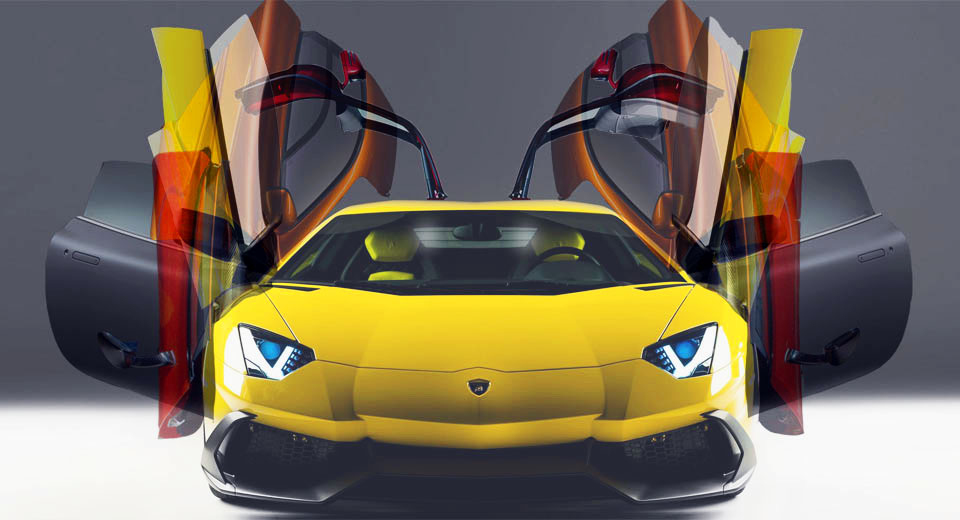
If you’re going to spend six or even seven figures on a new car, you want it to feel special. That means you want it to look, sound, ride and perform unlike any mass-market automobile – and that often comes down to the details.
Μany supercars, for example, have regular front-hinged doors that open and close just like any other car’s. Ferrari, Porsche or even Bugatti choose not to hinge their doors any differently than Fiat, Seat, or Volkswagen.
But hey, where’s the “super” in that? After all, supercars are as much about visual drama as they are about performance. The following have it in spades, albeit each in its own way.
Lamborghini’s Scissor Doors
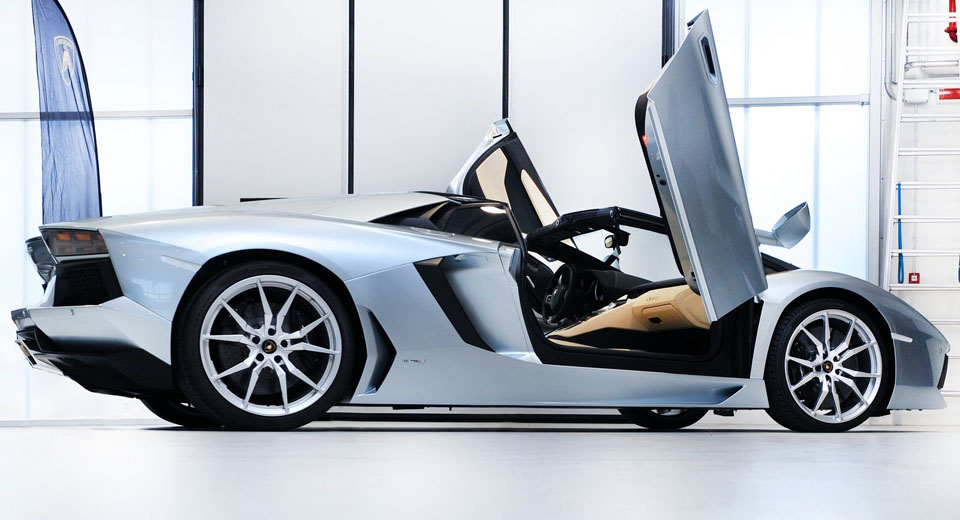
Without a doubt, the most recognizable of all the various apertures installed on supercars are the scissor doors championed by Lamborghini. They’ve become so inexorably tied to the Bolognese automaker that they’re commonly known as “Lambo doors,” regardless of what vehicle they’re installed on. A handful of other supercars (and countless concepts) have used similar designs, and they’ve become a favorite retrofit in the aftermarket, but none have popularized the scissor door quite like Lamborghini. Not every model produced in Sant’Agata employs them, though: the Aventador and its twelve-cylinder predecessors (stretching back to the Countach) get Lambo doors, but the ten-cylinder Huracan (like the Gallardo before it) does not.
Koenigsegg’s Diherdral Synchro-Helix Doors
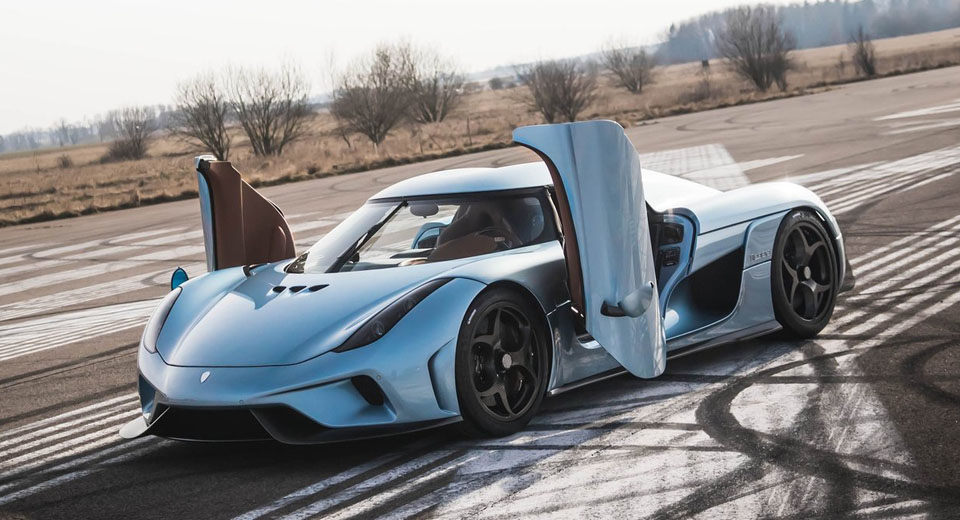
Koenigsegg also installs upward-swinging, forward hinged doors on its million-dollar supercars, but developed a different design. The Swedish manufacturer uses a trademark dihedral synchro-helix mechanism that slides out from the body and then up pivots vertically in a mechanical ballet almost as impressive as the performance of the cars on which they’re installed. Koenigsegg pioneered their use on the original CC8S, and continues using them on its modern-day successor, the Agera, and the upcoming all-electric Regera.
McLaren’s Butterfly Doors
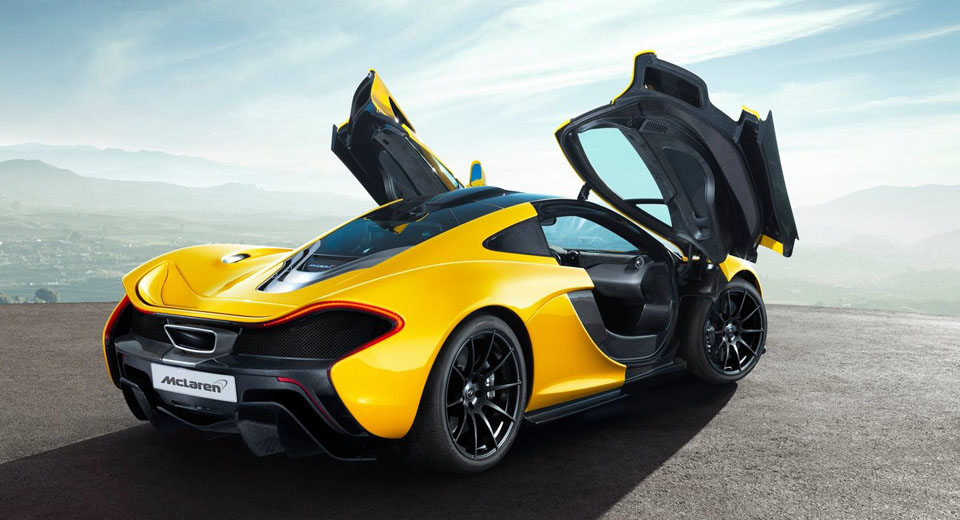
Lots of supercars have used butterfly doors that open up and out, and many more racing cars have as well. But few have embraced the design quite like McLaren has. In fact every road car it has ever produced, from the legendary McLaren F1 and the SLR it built for Mercedes, to the Sports Series, Super Series and Ultimate Series it makes today, have used the design, adding a bit of extra visual drama (and easing access) to some of the world’s most formidable performance machines.
Mercedes’ Gullwing Doors

Most Mercedes employ regular doors – albeit ones that close with the softest yet most assuring “thud.” But in the early 1950s it rolled out the original 300 SL with doors open up like a seagull’s wings. The detail became so iconic that the model became known as the Gullwing. Decades later, it brought back the design on the SLS AMG, but though many others (DeLorean and Pagani arguably chief among them) used it in between and have used it since, it will always be a Mercedes we think of when we hear the word “gullwing”… or see a white bird by the seaside with its arms stretched out.
Aston Martin’s Swan Doors

More about discreet elegance than in-your-face exotica, Aston Martin wasn’t about to fit such outlandish doors to its luxurious GTs… but it wasn’t inclined to go with ordinary portals, either. The design it uses falls somewhere in between. Known as “swan doors,” they swing mostly out (like most doors), but just a little bit upwards, helping them clear curbs and add just a touch of panache. They’re also lighter, since they don’t need heavy pistons, and virtually close once close enough to the vehicle’s body. They were first installed on the DB9 and V8 Vantage, but by now are on everything the automaker produces – including the new DB11 and the Lagonda Taraf.
Rolls-Royce’s Coach Doors

Suicide doors have been around for a very long time, but largely disappeared from the industry until Rolls-Royce brought them back. The British automaker doesn’t like the term, of course, calling them “coach doors” instead. But the idea is the same: horizontally opening doors, but hinged at the rear. On saloons like the Phantom and Ghost, they’re installed at the back, opening in mirror image to the forward-hinged from doors. But they’re the only portals on two-door models like the Wraith, Dawn and Phantom Coupe and Drophead Coupe. They enable more elegant access, and even feature motors to open and close them with ease.
Honorable Mentions
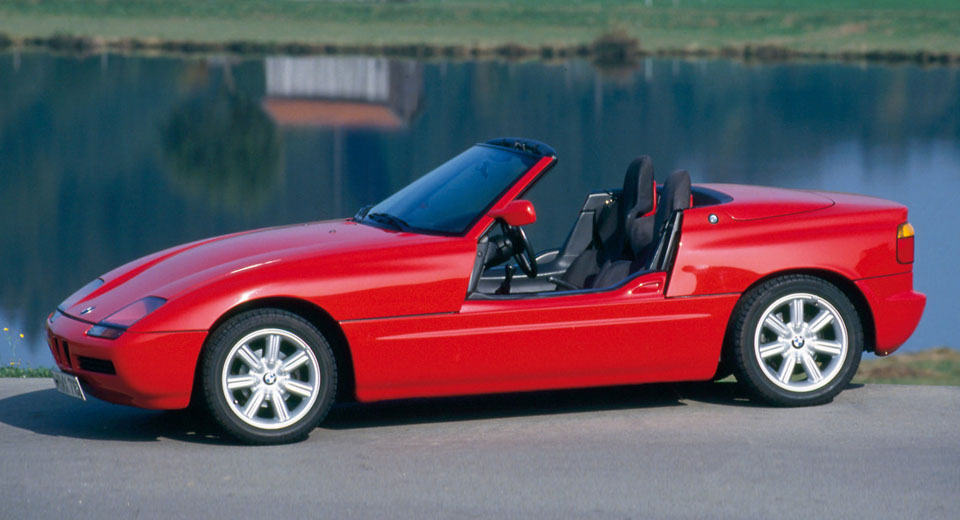
The above are arguably the more common among exotic automobile doors, but there have been others – in both concept and production. Bertone’s 2010 Alfa Romeo Pandion concept featured pseudo-scissor doors the were hinged at the back and ran the entire flank of the vehicle, stretching ridiculously up in the air when open. The 1989 BMW Z1 roadster featured half-doors that lowered into the high sills. And numerous concepts have featured dramatic but rather impractical canopies of different sizes. Innovative as they may be, though, few of these outlandish ideas have ever caught on.
